About Rita El Khoury
Rita was a Managing Editor at Android Police. Once upon a time, she was a pharmacist as well. Her love story with Android started in 2009 and has been going stronger with every update, device, tip, app, and game. She lives in France, speaks three languages and a half, and watches a lot of TV series.
Latest Articles

Square Enix is always in the news on Android Police for good reason. The publisher has been actively releasing (or re-releasing) games on our favorite platform, even recently going as far as to commit to a mobile-first strategy. That's the case with Hitman: Sniper, a game developed specifically for touchscreens and available on Android and iOS starting today.

Sprinkled inside the big M letter slide during Google I/O was a list of new features on the platform, most of which we have discussed (and some of which we are still to discuss) in our M Feature Spotlight articles. One of these was a mysterious "Undo/Redo keyboard shortcuts" that you can spot in the seventh line on the left in the image below.

The current trend with to-do managers is for them to integrate with note-keeping and/or calendars. After all, a task you need to finish before a deadline does deserve its spot in your schedule and a note you're adding may require a reminder and a to-do date. Todoist understands that and is thus expanding on its API, announcing a full-fledged Developer Platform with a global Developer Challenge, and launching integration with Evernote, GitHub, and Google Calendar among others.

About two years ago Google announced the expansion of its Maps turn-by-turn navigation to 20 countries. Chile didn't figure on that list, but some of the country's Android users reported getting directions and a limited set of functionality on Maps. That seems to be expanded to full support now.
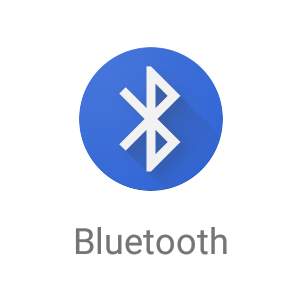
Stop the presses! We have groundbreaking news for you, fellow Android lovers with a knack for detail and an insatiable thirst for Material. If you remember Lollipop, you'll recall that this archaic OS had an even more archaic icon for Bluetooth when you went to share something. Oh, you've already hard reset your brain and can't recall anything prior to M? Here, let me jog your memory with a screenshot.
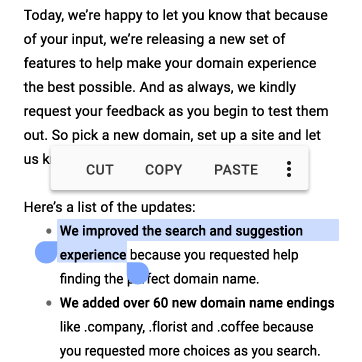
During its I/O keynote, Google glanced a bit over a new text selection behavior in Android M, but the changes are interesting enough to further dwell over.

joaomgcd's apps are usually about pushing your phone to do more with just your voice and some Google Now command integration, and Touchless Chat is no exception. The app takes the idea of interacting with your phone via voice commands and applies it to one area where I personally wished Google Now and Wear were better: sending messages to your contacts (ie initiating a conversation instead of just replying).
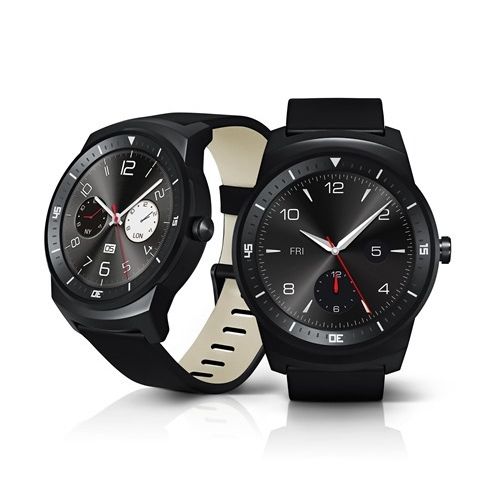
In with the new, out with the old. That seems to be LG's mantra when it comes to Android Wear watches. No sooner does the company announce and release a new model than it starts winding down production on the previous one, then completely stops it. That's the case of the G Watch R, or the GWAR as we lovingly referred to it here on Android Police.

Many moons ago, LG had promised the release of an official bootloader unlock tool for its G3, but the company didn't make good on its word. It seems that the plans were never forgotten though, because LG's Developer site got a new "Unlock Bootloader" page that does just that, except it's not for the G3 (yet).

I never thought I'd live to see the day when BBM adopted an actually decent design on Android. I remember using the messaging service when it first came out on our platform, and it was a horrid experience from the tiny emojis to the clunky interface to the fact that everything didn't look right on Android. But BBM has been improving over the past months, adding Android Wear support, a landscape mode, message retraction, and more. The app is about to get another boost forward this time with a Material overhaul.
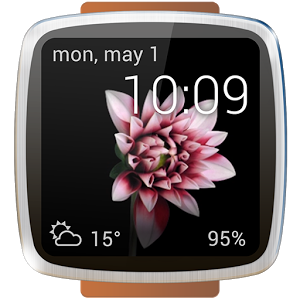
Watch faces are a dime a dozen on the Play Store, or more accurately a few bucks each, so there's no shortage of choice when you want to make your wrist gadgetry look good. But if you're always aching for something new and slightly different, Animated Watch Faces might fit the bill.

Read update
- Nintendo has responded, somewhat predictably, that it has no plans to base its next-generation console on Android. Nintendo has also, for the record, regularly denied Nikkei rumors only to later do exactly what Nikkei said they would.
File this in the weird, unlikely, but well, stranger things have happened, category of rumors. Japanese website Nikkei, which appears to have a good track record when it comes to Nintendo rumors, has dropped a little piece of insider information regarding the company's next console: the NX (that's the console's codename) might be based on Android.

There was a time, several years ago, when SMS notifications were very handy. Twitter, Google Calendar, and many other services, used the 160 characters to let you know of any changes to your schedule, new mentions and direct messages, and surfaced other useful information to you. But in today's age, where smartphones are so ubiquitous and you could get one for less than $100, SMS is taking a step back to regular notifications from installed apps. That's why Google is canning SMS notifications for its Calendar service on June 27th.

If you have an LG G Watch R, you're probably aware of the Wi-Fi drama following Android Wear 5.1.1's release for the watch. While Google had announced Wi-Fi support for the platform's update in general, it turned out that the G Watch R didn't have the certifications necessary to boast that function, although technically the hardware was very capable of it. LG then let us know that it's working on a patch to enable Wi-Fi (and presumably on getting all the right certifications) but that it wouldn't be released before July.
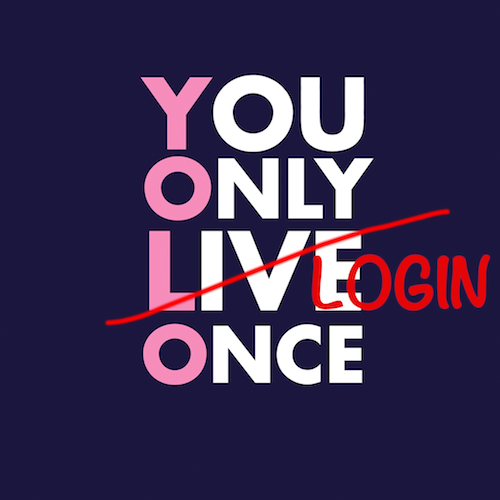
Smart Lock Passwords is Google's recent and ambitious attempt at simplifying logins everywhere, be it apps on Android or websites on Chrome. The functionality first showed up on the Android M Developer Preview then quickly went live for older versions of Android and got its own web interface.

Read update
Back in March, Google announced a few changes to its Play Store listings — a content rating system and a manual approval process for apps. The latter had been in effect for a while, but the former is now showing up on the web version of the Play Store. (I can't see it on my Android phone yet at the time the article is being written.) Edit: It should also show up on Android, on the Play Store version 5.6.6.
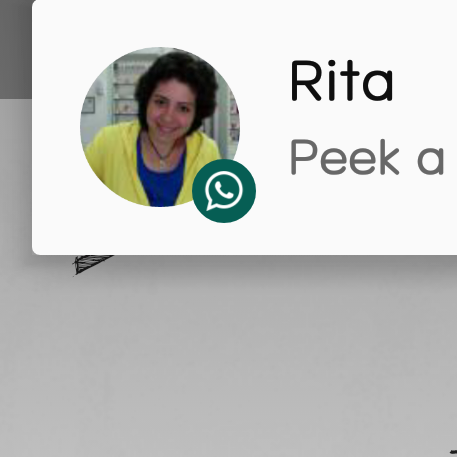
Lollipop 5.0 introduced sliding heads-up notifications instead of the scrolling status bar ticker that had been used on all Android versions prior. They showed up on top of your current screen for a few seconds, then went back into the notification tray. However, the function still seemed quite unfinished, with notifications blocking everything underneath them unless you completely got rid of them or waited for them to disappear. Lollipop 5.1 made it possible to dismiss notifications with a swipe up, sending them back to the tray so you can check them later.

With Android 4.3, Android implemented the idea of always-on WiFi where, even if you had Wi-Fi toggled off, the device and apps could still scan for WiFi networks to improve the location's accuracy. Along with using network triangulation, it's another way of getting your current position as quickly as possible without having to rely too much on GPS signals.
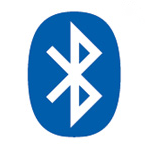
Bluetooth Low Energy is the current preferred method of communication between multiple accessories and Android devices. I can count 4 objects on my body right now that connect to my phone through BLE, not to mention the various accessories strewn across my desk and in other locations around me. Each of these has its own app on my phone that connects to the device every now and then and retrieves data, which, you can easily guess, has a toll on the battery.
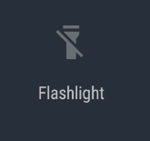
While Android Lollipop added a flashlight toggle into Quick Settings, circumventing most third-party torch apps, the function was only accessible in the notification drop-down and as an on/off switch. If you wanted to use the flashlight with morse code, for signaling, or other patterns, you still had to use a separate application and developers of said apps didn't have any clear API to build their software on. They had to hack together solutions for various phones, relying on whatever way the different OEMs had created to access the camera's flash.


